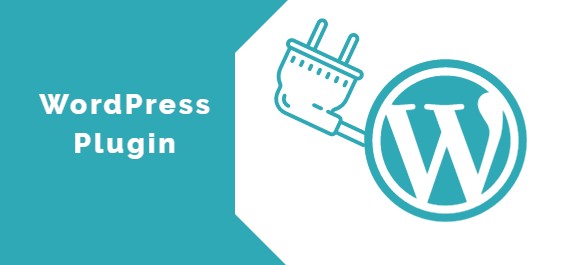WordPress, the immensely popular content management system, owes much of its versatility to the extensive range of plugins available. These plugins add functionalities, enhance performance, and streamline various aspects of your website. However, effective management of WordPress plugins is crucial to ensure a secure and efficient website. In this guide, we’ll explore the best practices for managing WordPress plugins.
**1. Understanding WordPress Plugins:
WordPress plugins are pieces of software that can be added to your site to extend its functionality. From SEO tools to e-commerce features, the WordPress plugin ecosystem is vast. It’s essential to understand each plugin’s purpose and its impact on your site’s performance.
**2. Regular Updates:
Keeping your plugins updated is fundamental for security and compatibility. Developers release updates to fix bugs, patch vulnerabilities, and ensure compatibility with the latest WordPress version. Enable automatic updates where possible, and regularly check for updates if not.
**3. Pruning Unused Plugins:
While it’s tempting to experiment with various plugins, having too many can slow down your site and increase the risk of conflicts. Regularly assess your plugin list and deactivate or delete any that are no longer necessary. A leaner set of plugins contributes to better site performance.
**4. Security Measures:
Choose plugins from reputable sources, preferably the WordPress Plugin Directory. Keep an eye on user reviews, ratings, and the last update date. Avoid using pirated or nulled plugins, as they often contain malicious code. Additionally, consider a security plugin to fortify your site against potential threats.
**5. Backup Your Site:
Before making any significant changes, including installing or updating plugins, always back up your site. This precaution ensures that, in case anything goes wrong, you can quickly restore your site to its previous state. Several backup plugins are available for easy implementation.
**6. Plugin Compatibility:
Ensure that your plugins are compatible with your WordPress version. Running outdated plugins on a newer WordPress release can lead to compatibility issues and potential site malfunctions. Check plugin documentation or the developer’s website for compatibility information.
**7. Performance Optimization:
Some plugins may impact your site’s speed. Utilize performance optimization tools to identify resource-intensive plugins and explore alternatives or configurations that minimize their impact. A faster website not only enhances user experience but also positively influences search engine rankings.
**8. Organize Your Plugins:
Maintain an organized approach to your plugins. Group them based on functionality or relevance to make it easier to locate and manage them. This is particularly helpful as your site grows, and the number of plugins increases.
**9. Monitor Plugin Usage:
Regularly monitor the performance and usage of your plugins. Some plugins may become redundant due to changes in your site’s requirements or advancements in technology. Stay informed about new developments and retire plugins that are no longer beneficial.
**10. Test Before Implementation:
Before installing a new plugin or updating existing ones, test them in a staging environment. This ensures that any potential issues can be identified and addressed before affecting your live site. Staging environments replicate your website without impacting the actual user experience.
Conclusion: A Well-Managed WordPress Site
Effectively managing WordPress plugins is a continuous process that contributes to the overall health and performance of your website. Regular updates, security measures, and strategic usage of plugins empower you to create a robust online presence.


Leave a Reply